by Judy Endow
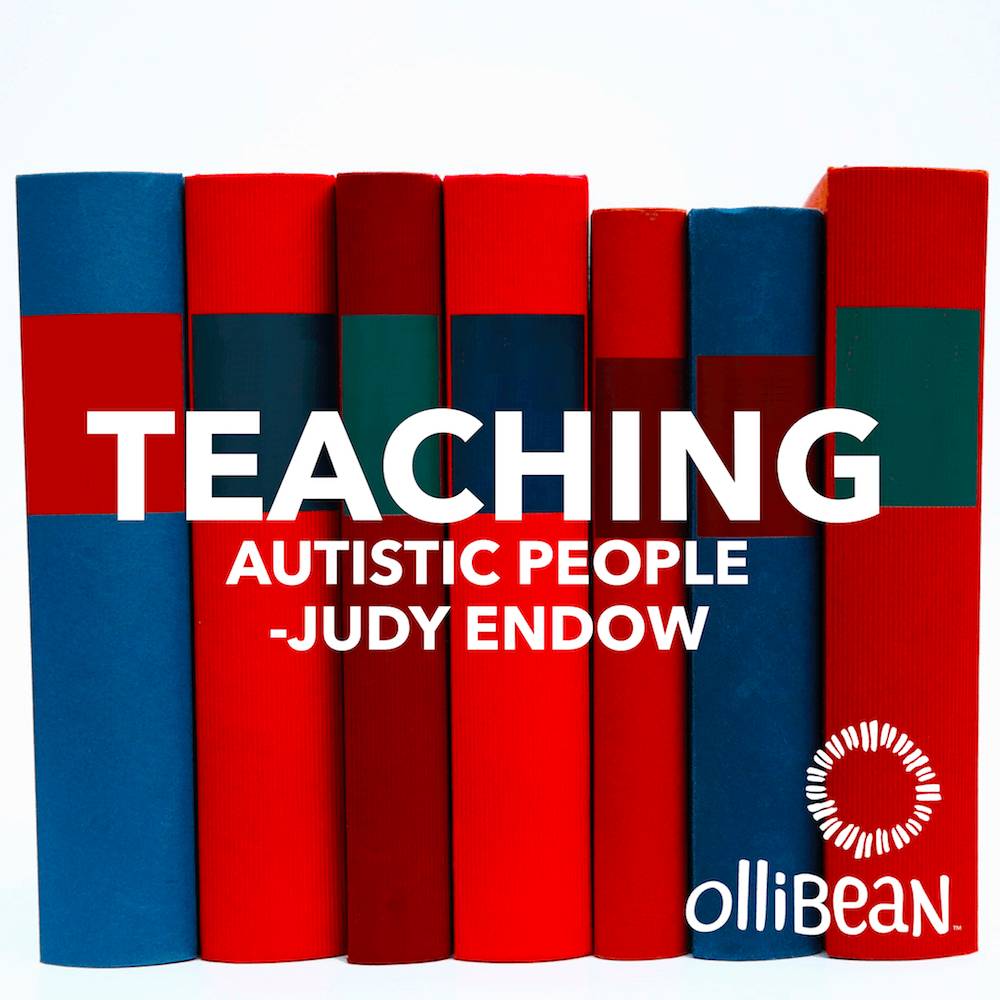
Autistic People of All Ages Can Learn
Just like people of all ages can learn, so is it that autistic people of all ages can learn. It is an utterly sad state of affairs that this even needs to be said, but unfortunately, it needs to be said. Too often I see autistic children being babysat rather than being taught at school. When I ask about academic curriculum being used, I am told, “Oh, he has autism” as if this is an answer to my question.
In my work as an autism consultant I am called on to go to public schools to see autistic students who are thought to be failing what the system has to offer. Most of the time students I see have behaviors that don’t work well in a school setting. For all students I am called in on, I use the stabilization techniques below, which are also the first steps I use when teaching autistic students if the student is not stabilized. This is why I can say that even when your student has autism, including when behaviors are present, he can learn just like any other student can learn. Autistic people are just as deserving of an education as other human beings. That being said, specific supports must be in place to insure access to that education. After all, nobody can do math (or any subject) when they are literally bouncing off the wall (a sign of extreme sensory disregulation).
Stabilization Techniques for Teaching Autistic People
Stabilization
- Internal Regulation (sensory diet)
Autistics have a neurology that means many systems (sensory, emotions, movement) in their body do not automatically regulate. This means conscious attention and effort must be brought to regulate whatever systems need regulation. For most autistics I work with, the sensory system is so disregulated that it masks emotional and movement disregulation. - External Regulation (interactive visual schedule)
It really helps to know what is going to happen when – the schedule of events.Most students have a neurology that can pick up this sort of information without being instructed. They can sort out the spoken words of the teacher. Students with autism typically have weak auditory processing abilities. Their neurology may not allow them to take in verbal words, sort out which words are relevant and process those words to understand what will happen next. This means every transition from one activity to another can hit them as a huge surprise, causing further disregulation.When typical students are distracted and miss the teacher’s verbal instruction of “get out your math books now” they usually become aware that the other students are getting math books out of their desk so he knows he is meant to get out his math book too. Autistic students do not pick up these external cues as readily.Even when they see other students getting out math books, they do not necessarily take that to mean they should also get out their math book. This has nothing to do with cognitive ability. It has to do with weak connections between areas of the brain – several areas of the brain working together to synthesize environmental, social, emotional and other kinds of information to inform them “I need to get out my math book.”Visual schedules support this issue for most autistic students. It is often helpful for the schedule to be interactive – meaning the student needs to do something with the schedule before each transition. - Relationship
Most students I have been called on to consult for have experienced much angst along the way. They know they are not like other kids. They may or may not know they have autism. One thing I find is that students who are able to communicate are very aware they are different from other kids and they have made up a narrative to explain their differences to themselves. I have been honored by a number of students sharing these stories about why they are different. I have yet to hear a positive story. They are typically stories about major character flaws, sometimes character traits they have heard others ascribe to them such as lazy, stubborn, willful, violent, refuses to share, refuses to co-operate, etc.As I begin working with new students I typically use a simple interactive schedule to show them “work” and “sensory break.” I ensure they are successful at following this schedule even if it means we work for a few seconds and engage in sensory regulating activities for a much longer time. I am visually instructing how schedules work while getting the student’s sensory system regulated and doing that in the context of forming a positive relationship.Most students I see have not experienced a lot of positive relationships. They have learned not to trust others around them. I am giving them an exact visual way our time works. They can count on it, become part of it and will always succeed. Over time strong relationships develop. Once a relationship is solid, we know what sensory activities are needed (along with how long and how often) and the student has mastered his interactive visual schedule I know he is now stabilized. Once stabilized we are ready for more formalized instruction.
Instruction Techniques
- Identify and Teach Needed Skills
Besides academic instruction, students with autism often have particular skills for which they need to receive direct instruction. This can be anything from how to open a milk carton to waiting for the teacher to call on you when your hand is raised before contributing. It is helpful to identify a few of the skills that are deal breakers to him getting along in the classroom. Learning and using these skills can be intertwined with academic content and other parts of the day. - Ensure Success by Decreasing Task Demands
Differentiated Instruction is one way to reduce educational task demands to match the needs of an individual student while ensuring them opportunity to learn along with their peers even though he may not have the same personal resources to bring to the task. My favorite person when it comes to differentiating instruction is Paula Kluth. Every student can do something. If you need ideas on how to use general education curriculum for students with autism who you think cannot do general education curriculum please look up Paula’s work. (www.paulakluth.com)My favorite people when it comes to a discussion about decreasing task demands are Ruth Aspy and Barry Grossman. (www.texasautism.com) An example of decreasing task demands for a student who struggles with handwriting is to take handwriting off the table in all subjects except Handwriting Instruction. Perhaps a scribe is used to do the actual handwriting task or an app such as Dictation Dragon, which means he can now do creative writing through dictation. If the student is an efficient typist perhaps that is the way to go, which means the student can now do social studies assignment that involves answering questions with a paragraph. - Reinforcement
There is significant brain research that shows students with autism do not benefit from the same kind of social reinforcement that typical students do. For typical students, in general, the more social you can add into instruction and use for reinforcement, the more learning that takes place.For students with autism, social reinforcement and adding social aspects to learning detract rather than enhance learning. Tangible reinforcement tied to learning has been shown to work better than social reinforcement. In fact, it has been the ticket to learning for many autistic students.
NOTE: I realize ABA therapy has had a history of using reinforcement in a punitive manner tied to repetitious drilling, often in quite disrespectfully. This makes punishment, demeaning drilling and disrespect wrong. It does not make reinforcement wrong. All human beings benefit from positive reinforcement.
Download PDF here

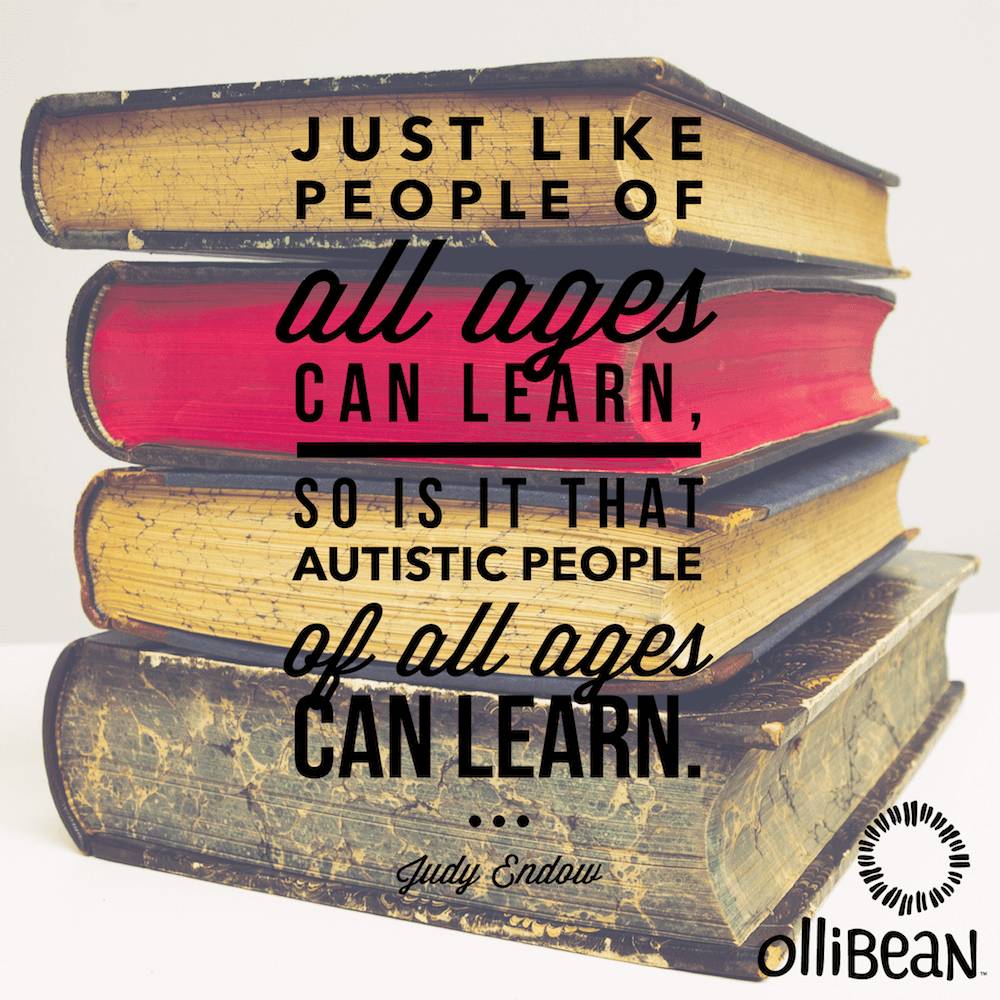
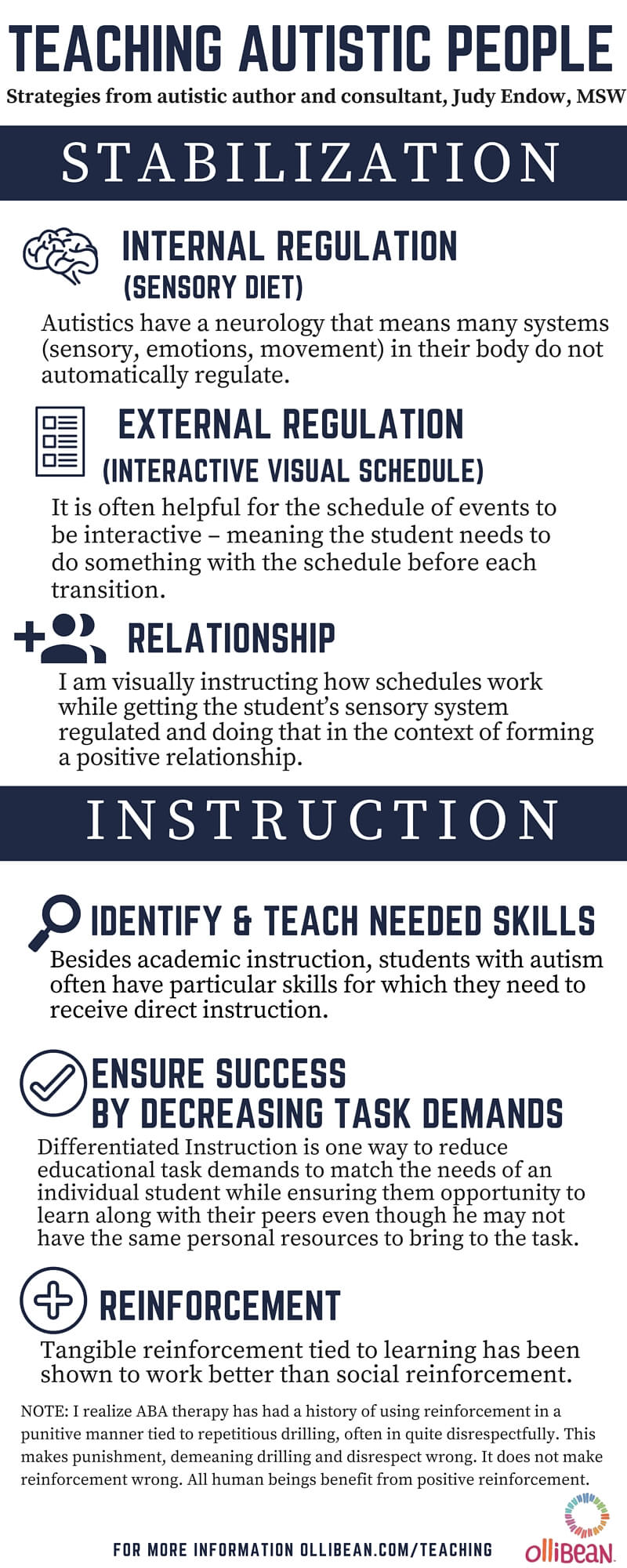
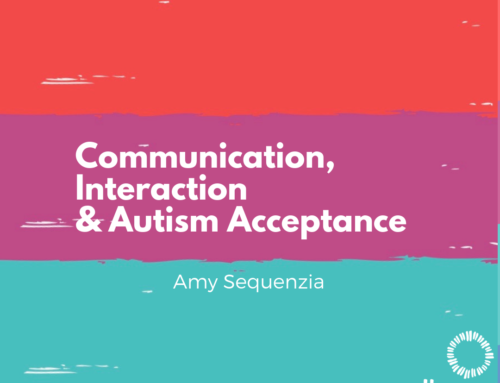
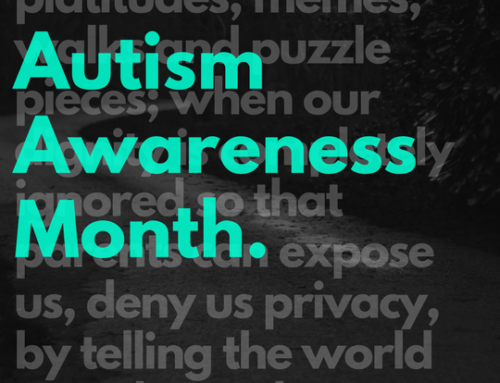

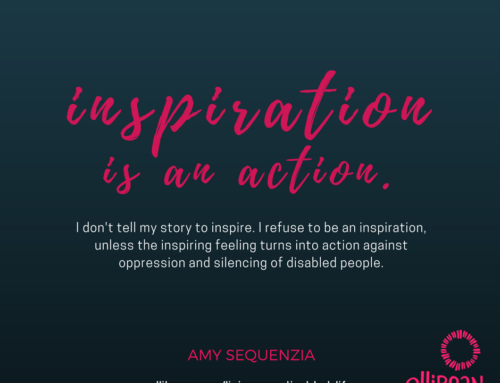

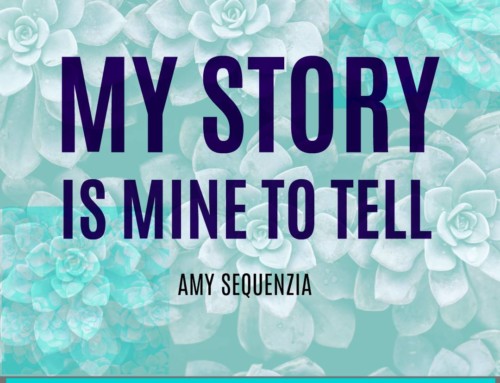
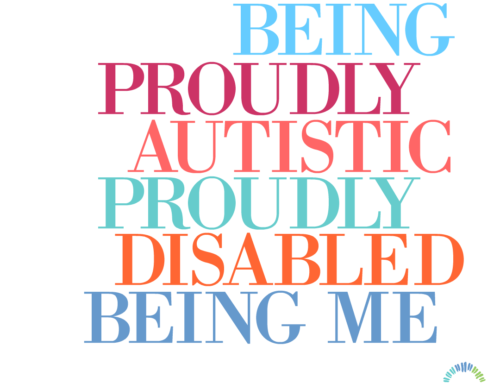
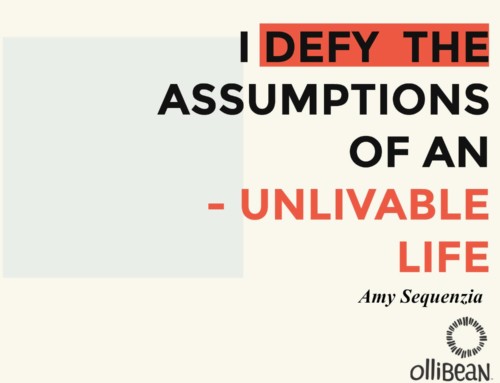
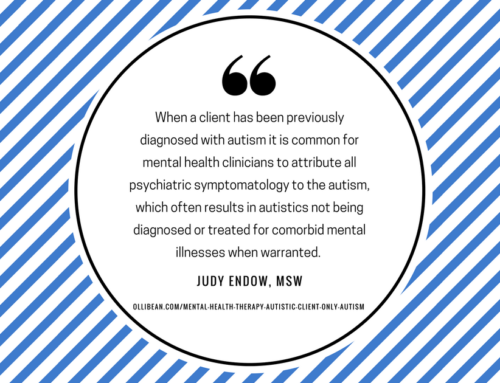


Thank you, Judy, for sharing your thoughts. I find your articles here and on your blog extremely clear and informative. With your permission, they will provide a good basis to prepare informational presentations for teachers and parents.